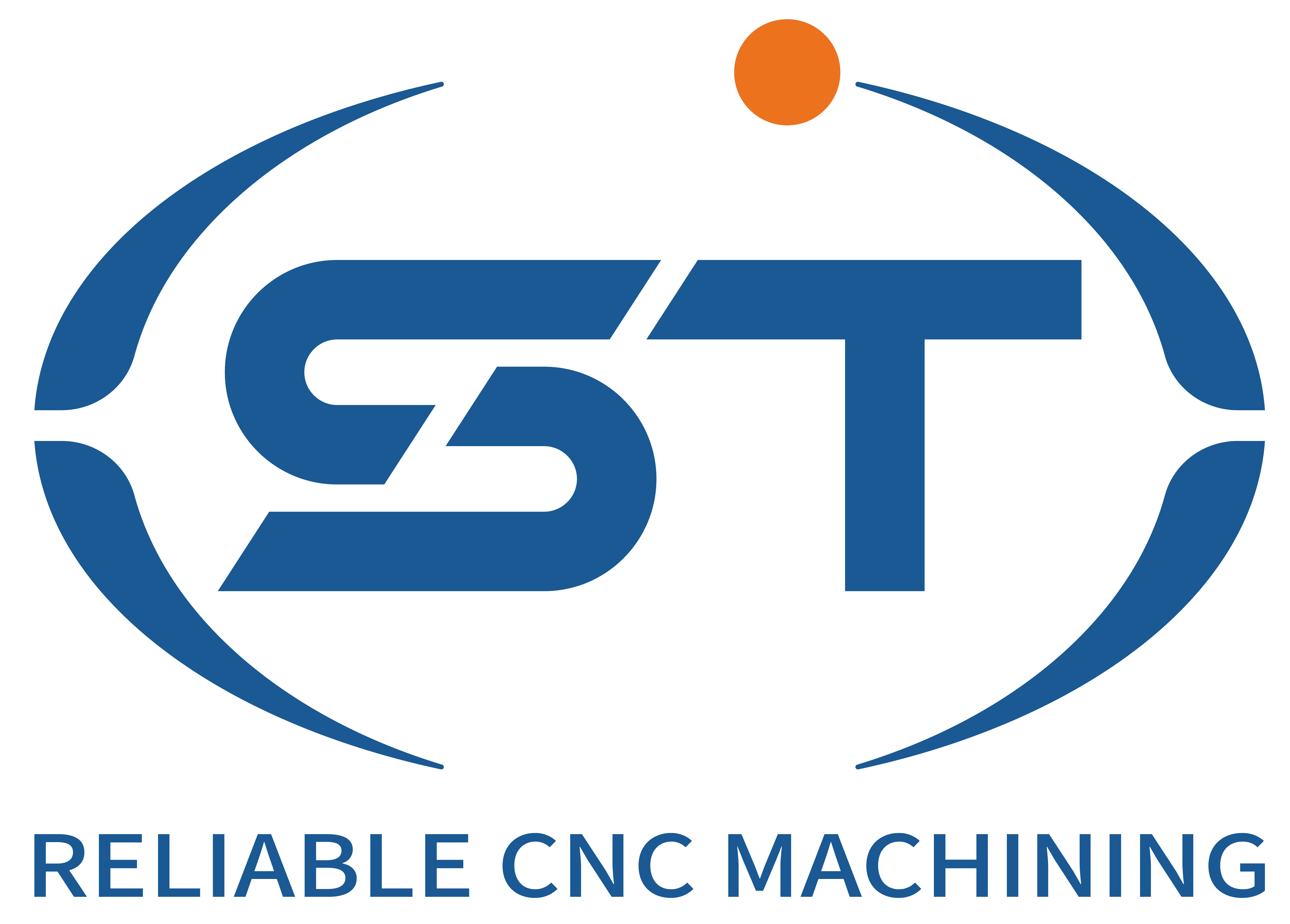The process planning for CNC machining of automotive parts is a systematic and comprehensive process, aiming to ensure the quality, efficiency and cost-effectiveness of part processing. The following are the main steps of the CNC machining process planning for automotive parts:
Table of Contents
ToggleFirst, analysis of part drawings
Geometric shape analysis: Carefully study the geometric shape of the part, including features such as planes, surfaces, and hole systems, and clearly understand the dimensions, positions, and interrelationships of each feature. For instance, for a complex automotive engine cylinder block part, it is necessary to analyze the positions, diameters of each cylinder hole and their relative relationships with the surrounding surfaces.
Dimensional accuracy analysis: Determine the tolerance requirements for each dimension of the parts, and analyze the impact of tolerances on the performance and assembly of the parts. For instance, the diameter tolerance of shaft parts will directly affect their fit accuracy with bearings, and thereby influence the operational stability of rotating components.
Surface quality analysis: Check the requirements of the part for surface roughness, texture direction and other surface qualities. Different surface quality requirements will affect the selection of processing methods and tools. For instance, some surfaces related to sealing in automotive parts require high surface quality to ensure the sealing effect.
Second, formulation of the process route
Selection of positioning benchmarks
Rough reference selection: Select the unmachined surface as the rough reference to ensure the positional requirements between the machined surface and the unmachined surface. Or select the surface with uniform machining allowance as the rough reference to ensure that each machined surface has sufficient machining allowance. For example, when processing the housing of an automotive transmission, the unprocessed joint surface of the housing is used as a rough reference to process other surfaces.
Precise benchmark selection: Follow the “benchmark coincidence” principle, that is, choose the design benchmark as the positioning benchmark as much as possible; Meanwhile, the principle of “unified reference” is considered to adopt the same positioning reference in multiple processes and reduce positioning errors. For instance, in the processing of automotive crankshafts, the center hole is often used as the precision reference for each process.
Determination of processing method: Based on the material, shape, dimensional accuracy and surface quality requirements of the part, select the appropriate processing method. For example, for the outer cylindrical surface of automotive shaft parts, methods such as turning and grinding can be adopted; For planes, methods such as milling and planing can be adopted. Meanwhile, the economy and processing efficiency of the processing method should be taken into consideration.
Process arrangement: Divide the processing procedure of the part into several processes, and determine the processing content and sequence of each process. Generally, principles such as “rough first, then fine”, “surface first, then holes”, and “base surface first” are followed. For example, first perform rough machining on automotive parts to remove most of the allowance, and then carry out fine machining to ensure dimensional accuracy and surface quality. First, process the reference plane of the part, and then use the reference plane as the positioning reference to process other surfaces and hole systems.
Third, determination of numerical control machining process parameters
Selection of cutting parameters
Cutting speed: Select an appropriate cutting speed based on the tool material, workpiece material and processing requirements. For instance, the cutting speed of high-speed steel tools is relatively low, while that of cemented carbide tools is higher. For the commonly used steel in automotive parts, the selection of cutting speed should comprehensively consider the durability of the cutting tool and the processing efficiency.
Feed rate: The magnitude of the feed rate will affect the surface roughness of the machined surface and the cutting force. Under the premise of ensuring surface quality, try to choose a larger feed rate to improve processing efficiency. However, an excessive feed rate may lead to excessive cutting force, causing vibration and affecting the processing quality.
Back depth of cut: During rough machining, when the power of the machine tool and the strength of the cutting tool permit, a larger back depth of cut should be selected as much as possible to reduce the number of tool passes and improve production efficiency. During finish machining, the depth of cut should be relatively small to ensure machining accuracy and surface quality.
Tool selection: According to the processing part, shape, size and material of the part, select the appropriate type, specification and material of the tool. For example, when processing the hole system of automotive parts, twist drills, reamers, etc. can be selected. When processing the outer cylindrical surface, an outer cylindrical turning tool can be selected. The material of the cutting tool should have good wear resistance, heat resistance and toughness.
Fourth, numerical control programming and simulation
Programming method selection: Based on the complexity of the parts and the functions of the numerical control system, choose an appropriate programming method, such as manual programming or automatic programming. For parts with simple shapes and few processing procedures, manual programming can be adopted. For parts with complex shapes and multiple processing procedures, such as the complex curved surface parts of automotive engines, automatic programming is generally adopted, and the processing program is generated by CAM software.
Programming: According to the programming rules of the numerical control system, information such as the processing technology route, cutting parameters, and tool movement trajectory is compiled into a processing program. During the programming process, attention should be paid to the correctness, rationality and readability of the program to avoid programming errors.
Processing simulation: Use numerical control processing simulation software to simulate the processing of the compiled processing program, and check whether there are any errors in the program, such as tool collision, overcutting, undercutting and other problems. Through simulation, problems can be identified and modified in advance, avoiding the occurrence of defective products in actual processing and improving processing efficiency and safety.
Fifth, preparation of process documents
Prepare process cards: Record in detail the processing technology route of the parts, the processing content of each process, cutting parameters, the equipment and tools and measuring instruments used, etc. on the process cards, which serve as the basis for guiding production. The process cards should be clear, accurate and complete, facilitating the understanding and implementation by the operators.
Compile the numerical control processing program sheet: List the compiled numerical control processing program in the form of a program sheet, including program number, tool number, cutting parameters, processing coordinates and other information. The program sheet should be used in conjunction with the process card to ensure the smooth progress of the processing.
Sixth, process verification and optimization
First piece trial production: The first piece trial production is carried out in accordance with the prepared process documents and numerical control processing programs. During the trial production process, all data related to the processing should be strictly recorded, such as processing time and tool wear conditions.
Quality inspection: Conduct quality inspection on the first piece produced by trial production to check whether its dimensional accuracy, shape accuracy, surface quality, etc. meet the design requirements. If quality problems are found, the causes should be analyzed in time.
Process optimization: Based on the results of the first piece trial production and quality inspection, optimize the process planning. Adjust parameters such as cutting parameters, processing sequence, and tool selection to improve processing quality and efficiency and reduce costs. After multiple optimizations, the final process plan was determined for mass production.




